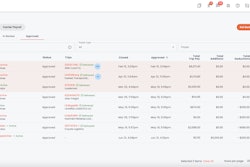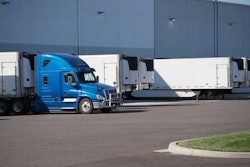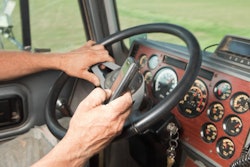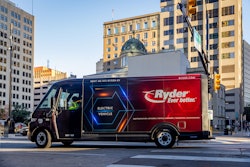A nuclear verdict case in Texas was upheld earlier this year following a 2014 accident involving a Werner Enterprises commercial truck that resulted in the death of two children when the pickup truck they were riding in lost control and spun into the path of oncoming traffic because of ice on the roadway. Though the tractor-trailer was going 25 miles per hour below the speed limit, the court said the professional truck driver did not reduce his speed by an adequate amount to compensate for the weather.
According to the Federal Motor Carrier Safety Administration, weather or environmental issues cause 3% of large truck accidents in the United States. Weather also poses a number of other issues for motor carriers from maintenance impacts to shipment delays, which is why more and more carriers – and the technology vendors that serve them – are integrating weather into their platforms.
One such example is Nebraska-based K&B Transportation.
The perishable food products transporter has seen an 80% decrease in DOT recordable accidents, and about the same decrease in insurance claims for weather-related accidents, since customizing communications within its driver app to relay weather-related safety risks to drivers. K&B and Eleos integration partner Add On System (AOS) tailored the app to deliver real-time weather alerts using geofencing to provide guidance to drivers during poor weather conditions, whether that be to slow down or to shut down their truck entirely when they enter a risky area.
[RELATED: Drivewyze launches severe weather alerts on Safety+ platform]
“When a truck crosses into a certain zone type, it does two things: it triggers an alert on their tablet … and says ‘Warning, you've entered a zone where we're going to stop travel … Please find a spot to park within the next 20 miles,’” said Matt Fengler, an operations supervisor at K&B. “The second half of that alert … we put in a different dashboard completely, so what the driver sees on the dashboard changes … When that dashboard changes out, their load information goes away because we don’t want them to just go back to the navigation and continue driving anyway. It's like, ‘Hey, this is important. We need compliance. We need to be parked. We need to be safe.’”










